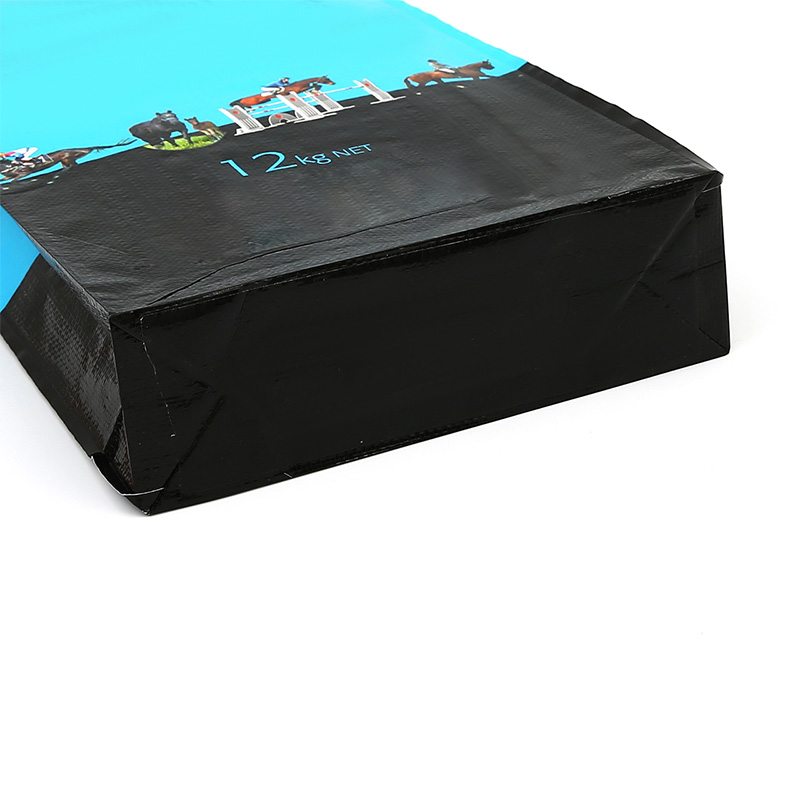The concept of a circular economy is gaining momentum worldwide as industries seek sustainable ways to reduce waste and maximize resource efficiency. Packaging solutions play a significant role in this transition, with materials such as paper eco bags and heavy duty woven bags emerging as practical alternatives to conventional plastics. These solutions not only meet the functional requirements of transporting and storing products but also contribute to environmental sustainability through reuse, recycling, and responsible disposal.

Paper bags, in particular, have become a symbol of eco-conscious packaging. Paper eco bags are designed to lessen environmental impact while offering versatility across different industries. Unlike single-use plastic bags, paper bags can be recycled multiple times, reducing the overall demand for virgin materials. They also decompose more quickly when discarded, lessening the burden on landfills and natural ecosystems. By integrating paper bags into industrial and commercial supply chains, companies can align packaging strategies with circular economy principles.
Heavy duty woven bags are another important component in sustainable packaging practices. Constructed from durable polypropylene fibers, these bags are suitable for repeated use in industrial environments. They can handle the storage and transportation of heavy materials, including agricultural products, chemicals, and building materials, without compromising structural integrity. The reusability of heavy duty woven bags not only reduces packaging waste but also offers economic advantages to businesses by extending the life cycle of packaging materials.
Industrial sacks, which include both paper and woven variants, are critical for bulk handling in manufacturing and distribution sectors. These sacks are engineered to protect contents from moisture, dust, and other environmental factors during storage and transit. In a circular economy context, industrial sacks are not simply disposable containers; they are part of a system designed for multiple use cycles. After their primary application, many industrial sacks can be returned, cleaned, and reused, or ultimately recycled into new packaging products. This approach conserves resources, reduces environmental footprint, and supports a sustainable supply chain.
The shift toward paper eco bags and heavy duty woven bags represents a broader movement within industries to embrace packaging solutions that combine performance with sustainability. In retail, for example, paper eco bags are widely adopted for consumer goods, offering a recyclable and biodegradable alternative to plastic. In industrial settings, heavy duty woven bags and industrial sacks provide the resilience needed for demanding operations while still contributing to waste reduction. These solutions demonstrate that environmentally conscious packaging does not require compromising on practicality or durability.
In addition to material selection, the design and management of packaging systems are central to promoting circular economy practices. Companies are exploring ways to optimize the collection, reuse, and recycling of paper eco bags, heavy duty woven bags, and industrial sacks. Programs that encourage return or repurposing of these bags help to close the loop, ensuring that materials remain in productive use for as long as possible. Innovations in bag design, such as reinforced stitching, moisture-resistant coatings, or stackable structures, further extend the functional life of packaging and reduce the frequency of replacement.
Education and awareness are also critical in the adoption of circular packaging practices. Suppliers, distributors, and end-users all play a role in ensuring that paper eco bags, heavy duty woven bags, and industrial sacks are managed responsibly. Clear labeling, recycling instructions, and guidance on reuse can facilitate correct handling and improve the overall effectiveness of sustainable packaging programs. By integrating these practices into daily operations, businesses can actively support the goals of a circular economy, contributing to reduced waste, lower environmental impact, and a more resilient supply chain.
In conclusion, paper eco bags, heavy duty woven bags, and industrial sacks are essential tools in advancing circular economy principles. They offer functional performance, durability, and recyclability, making them suitable for a wide range of applications from consumer retail to industrial bulk handling. By embracing these packaging solutions, companies can reduce environmental impact, enhance resource efficiency, and support a more sustainable future. The adoption of these practices demonstrates that circular economy principles can be applied effectively in both everyday and industrial contexts, creating value for businesses, consumers, and the environment alike.


 English
English Español
Español عربى
عربى
